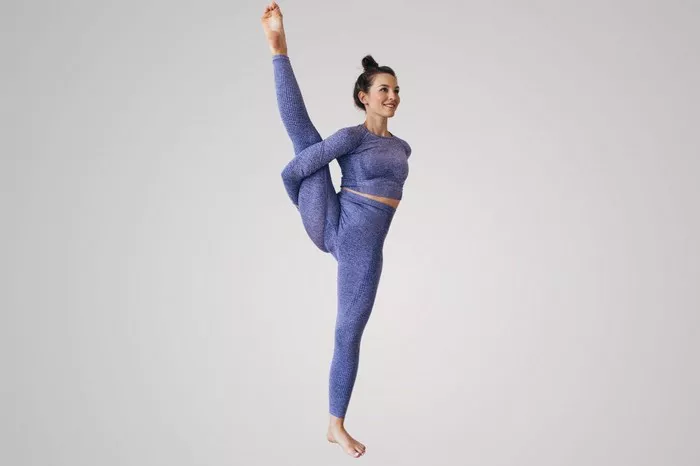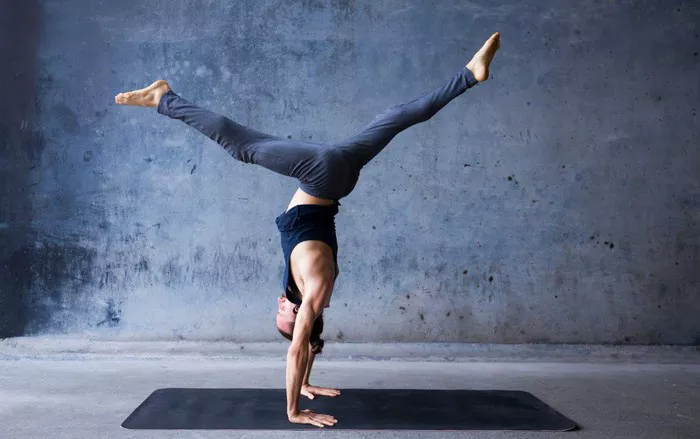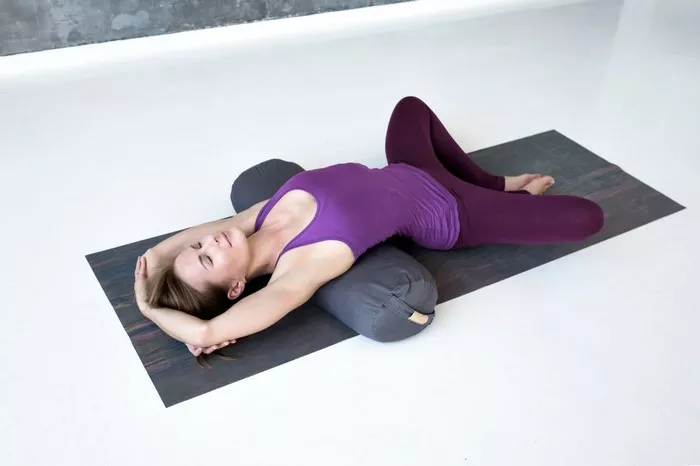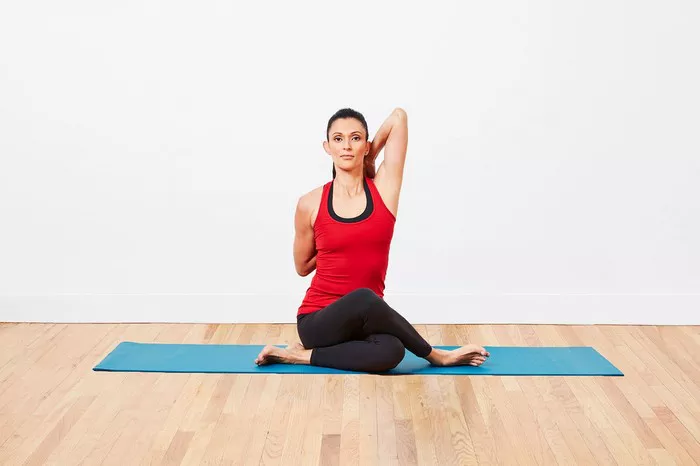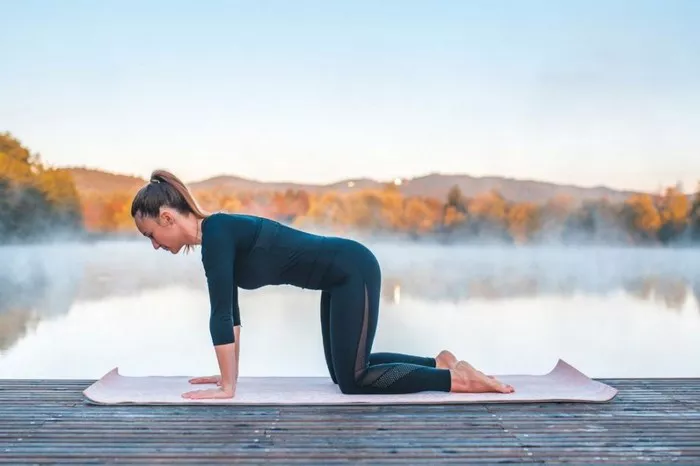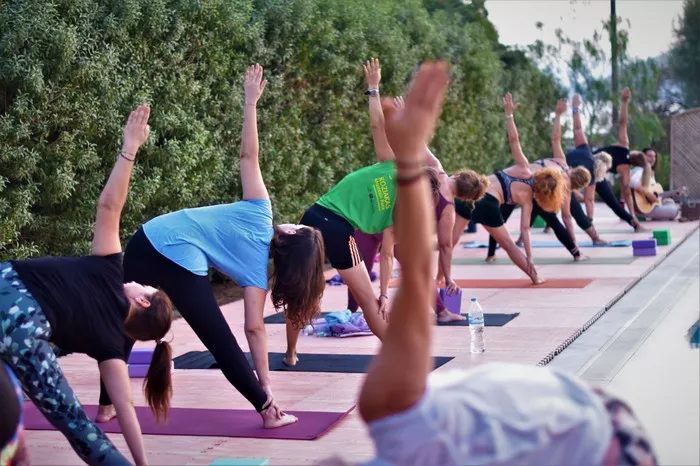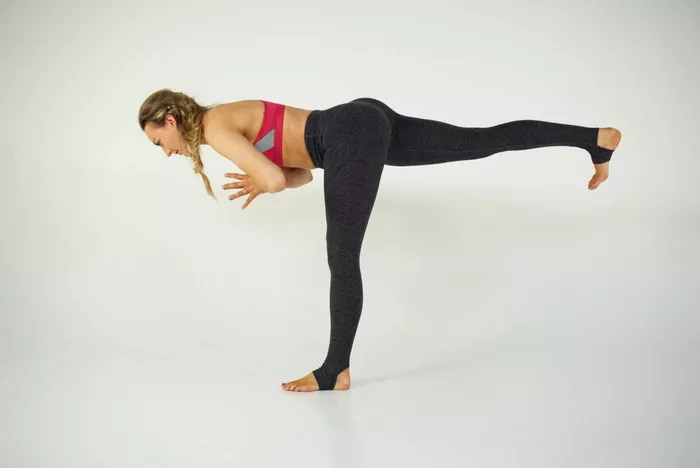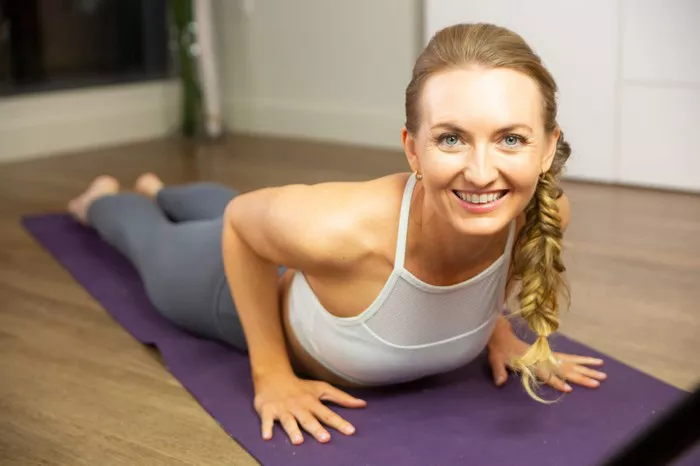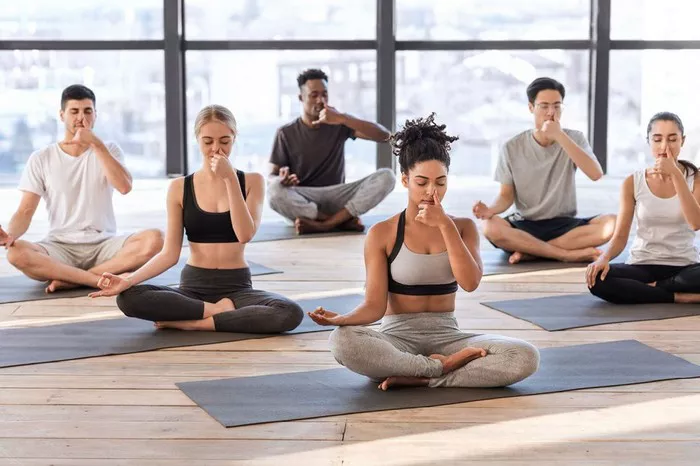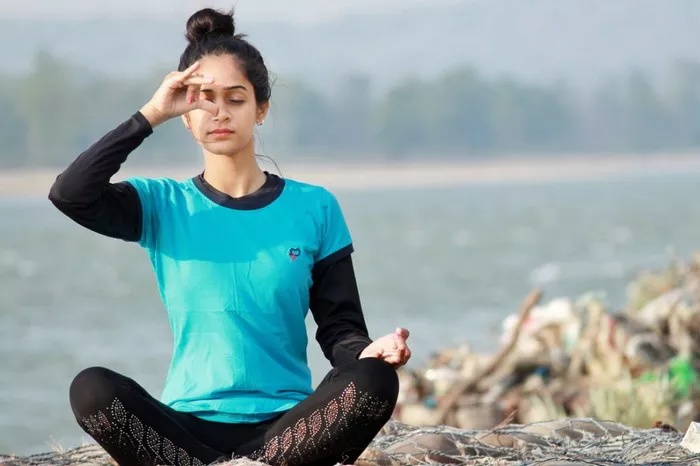Yoga, a centuries-old practice originating in ancient India, is globally recognized not just for its spiritual and mental benefits but also for its transformative impact on the body. Among its many physical advantages, one of the most sought-after outcomes is improved muscle tone. But with the variety of yoga styles available today, many practitioners and beginners alike ask: which type of yoga is best for maintaining muscle tone?
This comprehensive guide will explore the concept of muscle tone, how yoga contributes to it, and which specific yoga styles are most effective for those aiming to achieve a leaner, stronger, and more sculpted physique.
Understanding Muscle Tone
Before diving into specific yoga styles, it’s important to understand what muscle tone means. Muscle tone, medically known as “tonus,” refers to the continuous and passive partial contraction of the muscles. In the fitness world, however, the term is often used to describe muscles that appear firm, well-defined, and in shape.
Achieving muscle tone involves two key components:
- Building lean muscle mass – Strengthening the muscles without necessarily increasing bulk.
- Reducing body fat – Making muscle definition more visible.
Yoga, when practiced correctly and consistently, addresses both components through a mix of strength-building postures and calorie-burning sequences.
How Yoga Contributes to Muscle Tone
Unlike weight training, which typically isolates specific muscle groups, yoga engages multiple muscle groups simultaneously. It uses body weight for resistance, which not only strengthens muscles but also improves balance, flexibility, and endurance.
Key ways yoga enhances muscle tone include:
- Isometric Contractions: Many yoga poses require holding a position for several breaths, engaging muscles statically. This builds endurance and strength.
- Dynamic Movement: Flow styles incorporate movement with breath, boosting cardiovascular activity and promoting fat loss.
- Core Engagement: Most yoga styles emphasize core stability, which is crucial for overall muscle tone.
- Postural Alignment: Improved posture makes muscles work efficiently and appear more defined.
Top Yoga Styles for Muscle Tone
While all yoga styles offer some benefit, certain practices are particularly effective at enhancing muscle tone. Let’s examine the top contenders:
1. Power Yoga
Overview: A vigorous and fitness-based approach to vinyasa-style yoga, power yoga is dynamic, fast-paced, and physically challenging. It was developed in the 1990s by practitioners like Beryl Bender Birch and Bryan Kest.
Muscle Toning Benefits:
- Builds strength through continuous flow and weight-bearing poses.
- Focuses on large muscle groups: thighs, glutes, back, and shoulders.
- High caloric burn aids in fat reduction.
Best For: Those looking for a modern, athletic workout with the benefits of traditional yoga.
2. Ashtanga Yoga
Overview: A structured and rigorous style that follows a specific sequence of poses, Ashtanga Yoga was popularized by K. Pattabhi Jois. It involves six progressive series, with each increasing in difficulty.
Muscle Toning Benefits:
- Demands strength, stamina, and flexibility.
- Repetition of sequences builds muscle memory and endurance.
- Emphasizes core strength and full-body engagement.
Best For: Experienced practitioners seeking discipline and consistent progression.
3. Vinyasa Flow Yoga
Overview: Often referred to as “flow yoga,” Vinyasa links breath with movement, creating smooth transitions between poses.
Muscle Toning Benefits:
- Constant movement keeps the heart rate elevated, promoting fat burn.
- Integrates balance and strength poses that tone the entire body.
- Modifiable for all levels while still offering a challenge.
Best For: Beginners to intermediate practitioners looking for variety and full-body toning.
4. Bikram Yoga (Hot Yoga)
Overview: A 90-minute class consisting of 26 postures and two breathing exercises, practiced in a room heated to around 105°F (40°C).
Muscle Toning Benefits:
- Heat increases flexibility and allows deeper stretching.
- The set sequence builds strength, especially in legs and core.
- Sweating aids detoxification and can assist in weight loss.
Best For: Those who enjoy structure, can handle heat, and want a disciplined approach.
5. Hatha Yoga
Overview: A slower-paced yoga style that focuses on basic postures and breathing techniques. Hatha is often recommended for beginners.
Muscle Toning Benefits:
- Emphasizes alignment and posture, improving muscle efficiency.
- Longer pose holds engage stabilizing muscles.
- Great for building foundational strength.
Best For: Beginners or those recovering from injury, seeking gradual toning.
6. Yin Yoga
Overview: A meditative and passive style, Yin Yoga involves holding poses for several minutes, targeting deep connective tissues.
Muscle Toning Benefits:
- While not a strength-based practice, it improves flexibility and joint mobility.
- Complements active yoga styles by aiding recovery and preventing injury.
Best For: Adding balance to an intense fitness routine and supporting muscle recovery.
Key Poses That Build Muscle Tone
Regardless of style, certain poses are particularly effective for muscle toning. Incorporate these into your practice:
- Plank Pose (Phalakasana) – Strengthens core, arms, shoulders, and legs.
- Chair Pose (Utkatasana) – Tones thighs, glutes, and calves.
- Warrior Poses (Virabhadrasana I, II, III) – Strengthen legs, hips, core, and shoulders.
- Boat Pose (Navasana) – Engages the abdominals and hip flexors.
- Chaturanga Dandasana – Builds arm and core strength.
- Bridge Pose (Setu Bandhasana) – Tones glutes, hamstrings, and back.
- Locust Pose (Salabhasana) – Works the back, glutes, and shoulders.
Frequency and Duration for Optimal Results
To see visible improvements in muscle tone, consistency is key. Here are general guidelines:
- Practice 3-5 times per week: Alternate between intense styles like Power or Ashtanga and restorative practices.
- Sessions of 45-90 minutes: Longer classes ensure adequate time for warm-up, asana practice, and cool-down.
- Integrate variety: Combine strength-based flows with flexibility and balance-focused sessions.
Complementary Practices for Better Toning
While yoga alone can significantly enhance muscle tone, combining it with other practices can accelerate results:
- Cardiovascular Exercise: Activities like running or swimming help burn fat.
- Strength Training: Resistance training complements yoga by targeting specific muscle groups.
- Balanced Diet: Adequate protein intake and whole foods support muscle repair and fat loss.
- Hydration and Sleep: Both are essential for muscle recovery and performance.
Conclusion
The best yoga for muscle tone depends on your fitness level, goals, and preferences. Styles like Power Yoga, Ashtanga, and Vinyasa offer the most intense muscle-toning benefits due to their dynamic, strength-focused nature. However, even gentler forms like Hatha and Yin play a vital role in creating a balanced and sustainable practice.
Ultimately, the key to muscle tone lies not just in the style you choose but in your consistency, dedication, and holistic lifestyle. With regular practice, mindful movement, and supportive habits, yoga can be a powerful tool to sculpt a lean, strong, and vibrant body.
Related Topics:

